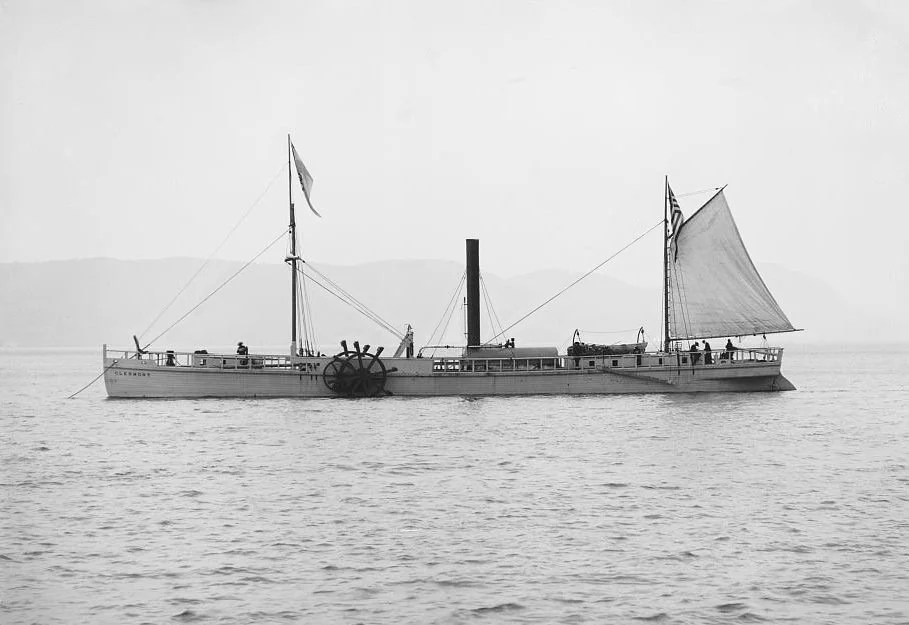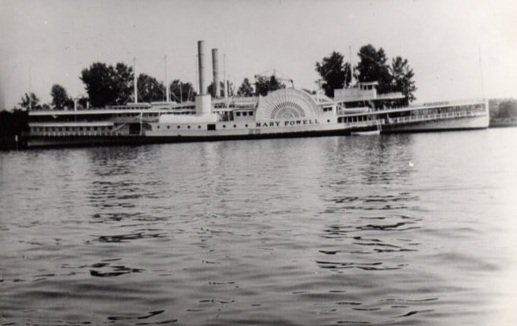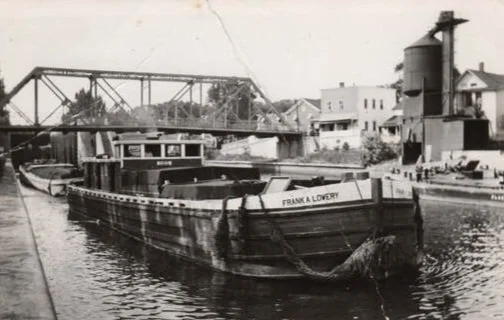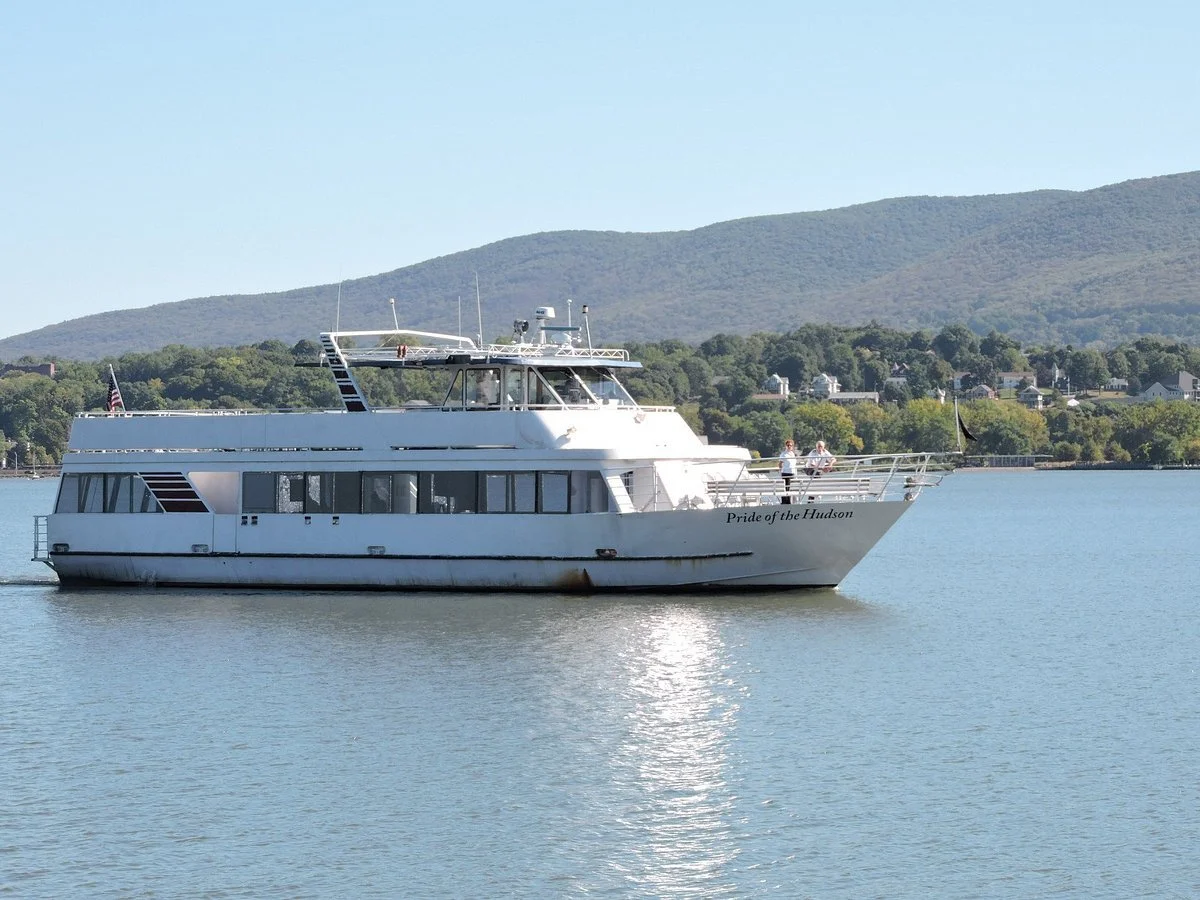The Hudson River’s Dance with Riverboats: A Historic Voyage
The Hudson River, a majestic ribbon of water slicing through New York State, has long been a highway for innovation, commerce, and leisure. Its history with riverboats is a story of ambition, engineering marvels, and evolving purpose—a microcosm of America’s transformation from an agrarian society to an industrial powerhouse.
Early Currents: Sloops and Sailing Vessels
Before the advent of riverboats, the Hudson’s waters teemed with Dutch sloops and other sailing vessels. These ships, reliant on fickle winds and tides, carried goods and passengers from New York City to upriver towns like Albany. The Hudson was not just a route but a lifeline, nurturing trade and settlements along its banks. However, as the 19th century dawned, these graceful sails gave way to the churning paddles of steam-powered boats.
Steamboat Revolution: Fulton’s Triumph
In 1807, Robert Fulton’s Clermont (often romantically dubbed “Fulton’s Folly” before its success) marked a turning point. With its steam engine driving paddlewheels, the Clermont could make the journey from New York City to Albany in just 32 hours—a marvel compared to the multi-day trek of sailboats. The era of steamboats had begun, transforming the Hudson into a bustling thoroughfare.
Steamboats offered more than speed; they introduced luxury to river travel. Lavishly appointed passenger boats, such as the Mary Powell—known as the “Queen of the Hudson”—combined opulent interiors with reliable service. These vessels became floating palaces, attracting tourists and residents alike to explore the natural beauty of the Hudson Highlands and beyond.
Industrial Might and Commercial Dominance
As the Industrial Revolution gained momentum, the Hudson became a corridor for commerce. Barges laden with coal, lumber, and other goods were towed by steamboats, linking the bustling port of New York with the interior of the state. The riverboats became the arteries of a growing economy, carrying raw materials to factories and finished goods to markets.
Technological advancements further refined riverboat design. Sidewheelers and sternwheelers competed for efficiency, and innovations in steam propulsion enhanced reliability. The Hudson teemed with activity, from commercial towboats to passenger ferries connecting burgeoning riverside communities.
Leisure and Decline
By the late 19th and early 20th centuries, the riverboat’s role shifted as railroads and highways encroached on its dominance. However, their twilight years saw them flourish as symbols of leisure and nostalgia. Day-trippers from New York City flocked to riverboats for scenic cruises, picnicking on decks while marveling at the dramatic cliffs of the Palisades or the romantic ruins of Bannerman’s Castle.
Despite their charm, riverboats could not withstand the rise of automobiles and airplanes. By the mid-20th century, many iconic vessels were scrapped or retired, leaving only memories and a few preserved relics to testify to their grandeur.
The Legacy Afloat
Today, echoes of the riverboat era persist. Heritage vessels like the Pride of the Hudson and sightseeing cruises retrace routes once dominated by steamboats, offering modern travelers a taste of history. The Hudson River Maritime Museum in Kingston, NY, preserves this legacy, showcasing artifacts and stories from a bygone era when paddlewheels ruled the water.
The story of Hudson River riverboats is not just a tale of transportation but a chronicle of human ingenuity and resilience. From the first steam puffs of the Clermont to the wistful final voyages of the Mary Powell, these vessels embodied the spirit of progress while celebrating the river’s timeless beauty. They remain, in history and imagination, a testament to the enduring allure of the Hudson.




